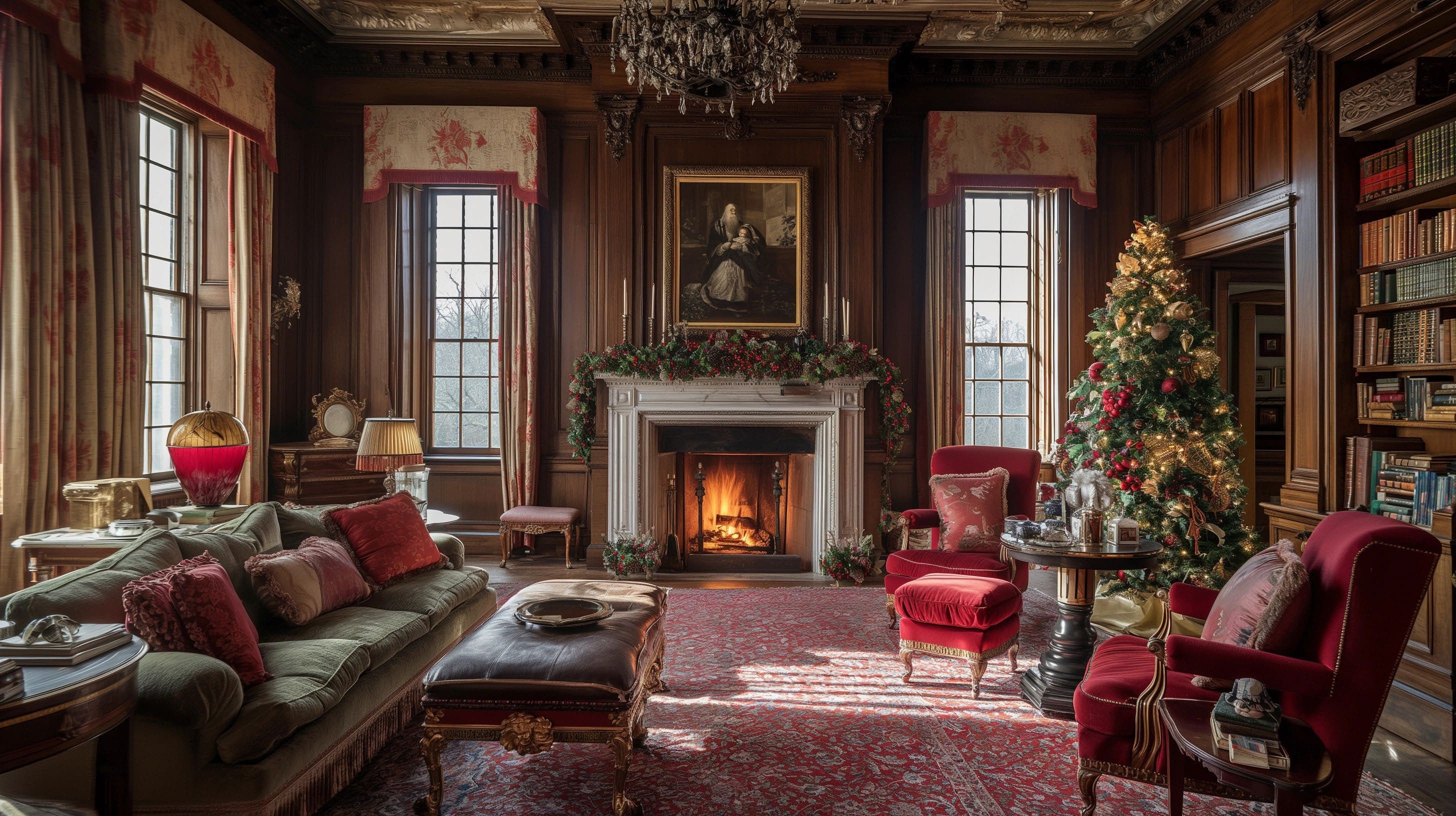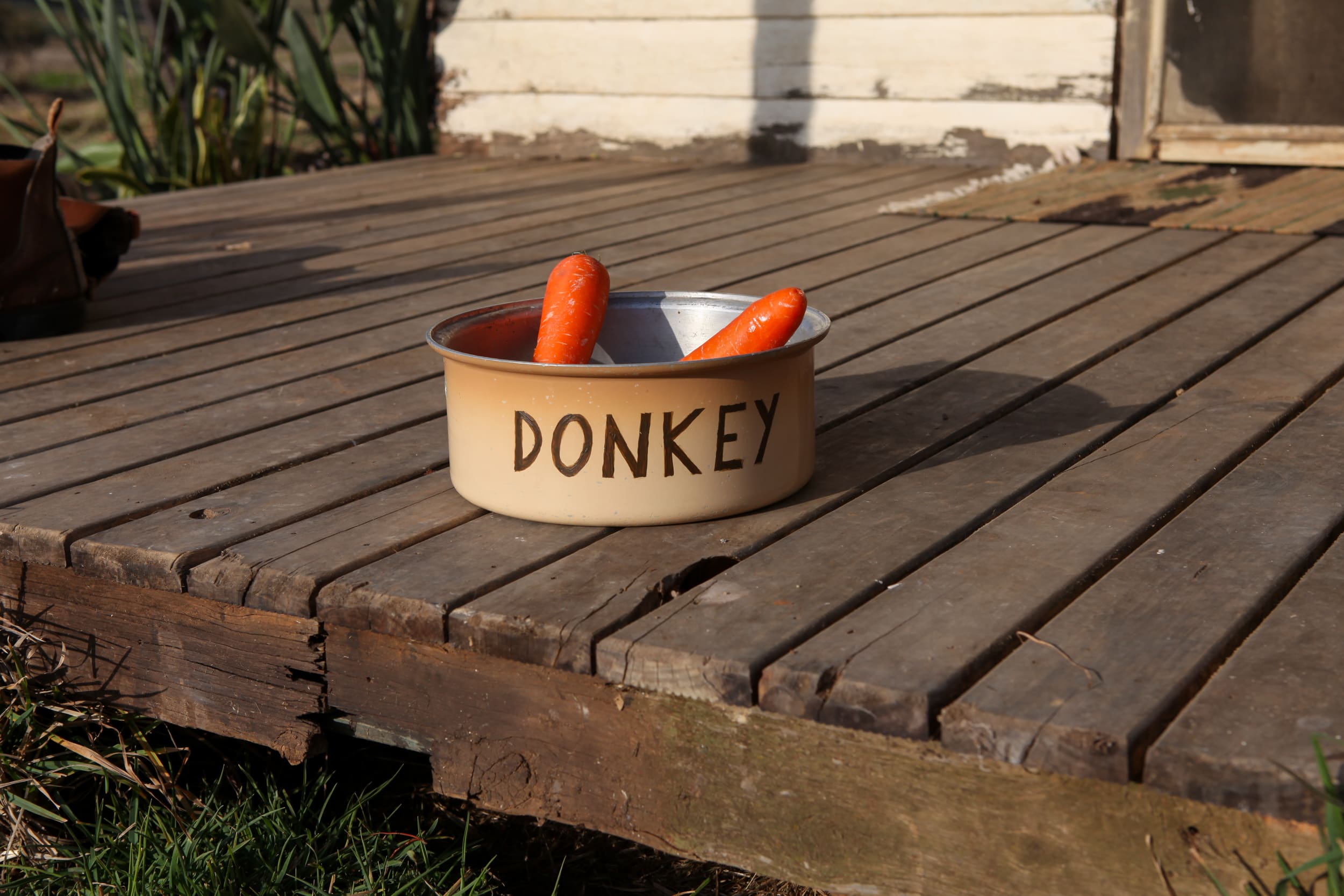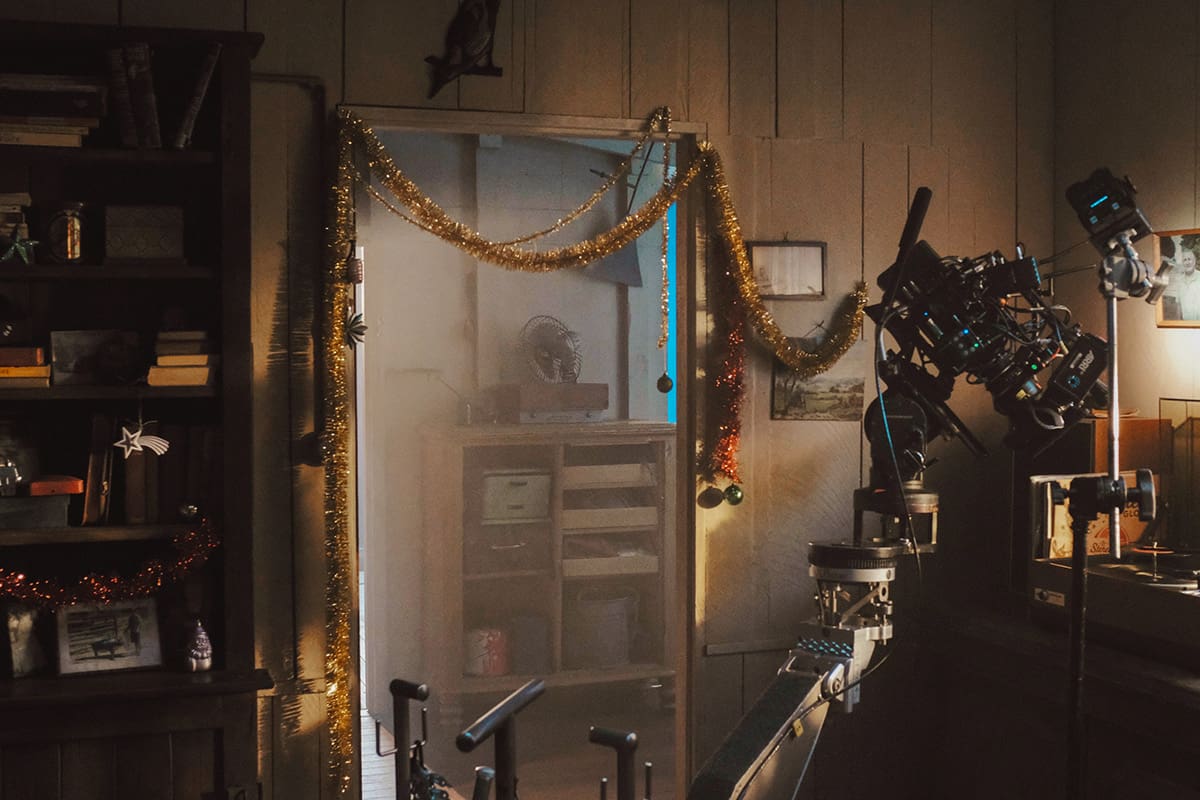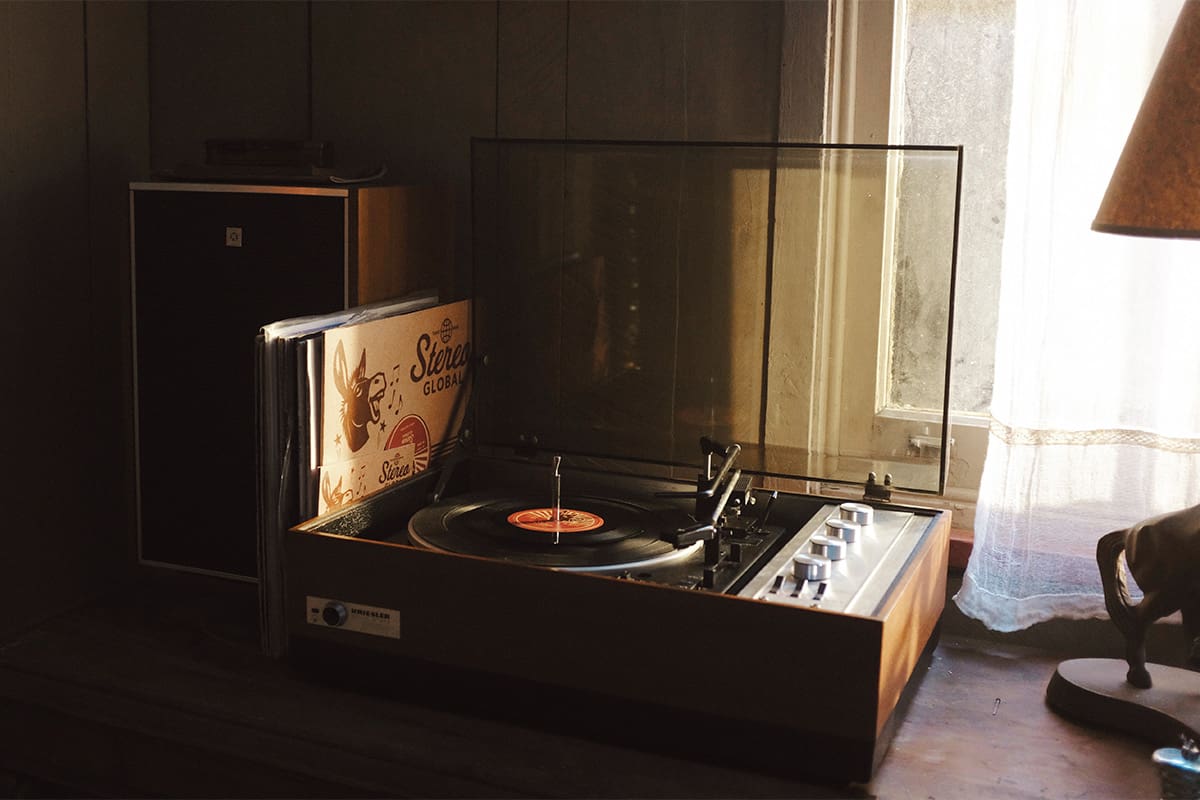Donkey
By Steve Rogers
There was once a small and very mischievous donkey who lived in a faraway house with a kindly farmer…
This tale begins in a place that suggests remote rural Australia. A little donkey swallows the farmer’s phone playing a favourite Christmas song and, remorseful, runs away. Mistaken for singing, she travels far and wide, finding fame and fortune, only to realise the one thing she wants most is her family. The story speaks universally about how we search the world for what we need, only to find it was at home all along.
Steve Rogers wanted to make the progressions of the donkey’s fame logical, and get her as far away from home as possible. “There is a cliched trajectory concerning fame in pop music that we essentially followed – from being accidentally discovered, to achieving some small town success, the introduction of an unscrupulous manager, a hit record, worldwide fame, etc.”
The story was intended to be a fable, reimagining great archetypal storytelling and the arc of the hero’s journey. It exists in a timeless, allegorical world of its own where time has unfurled differently – familiar yet unexpected, part old, part new, where the magical sits alongside the real.
The sets, beautifully designed by Steven Jones-Evans, were built to feel fable-like and timeless. While there were no explicit references, there is imagery associated with certain activities that, to Steve Rogers, are the definitive version.
“For example, if you were to record a song, the studio would always look the Record Plant or Webster Hall in the 1960’s – or film studios should always look like Paramount or Warner Bros in the late 1950’s. Those definitive versions of each setting acted as a blueprint, irrespective of time period.”
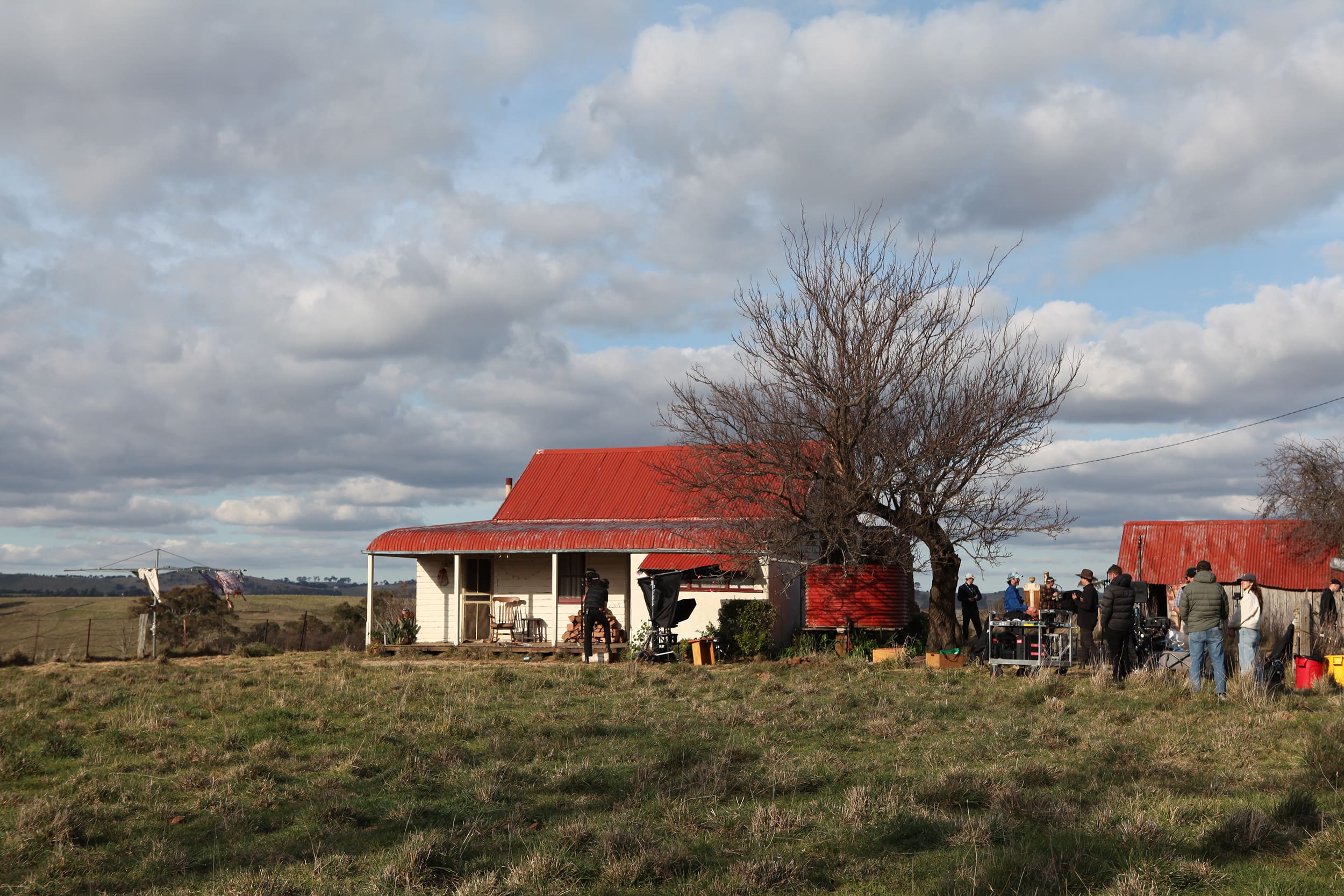
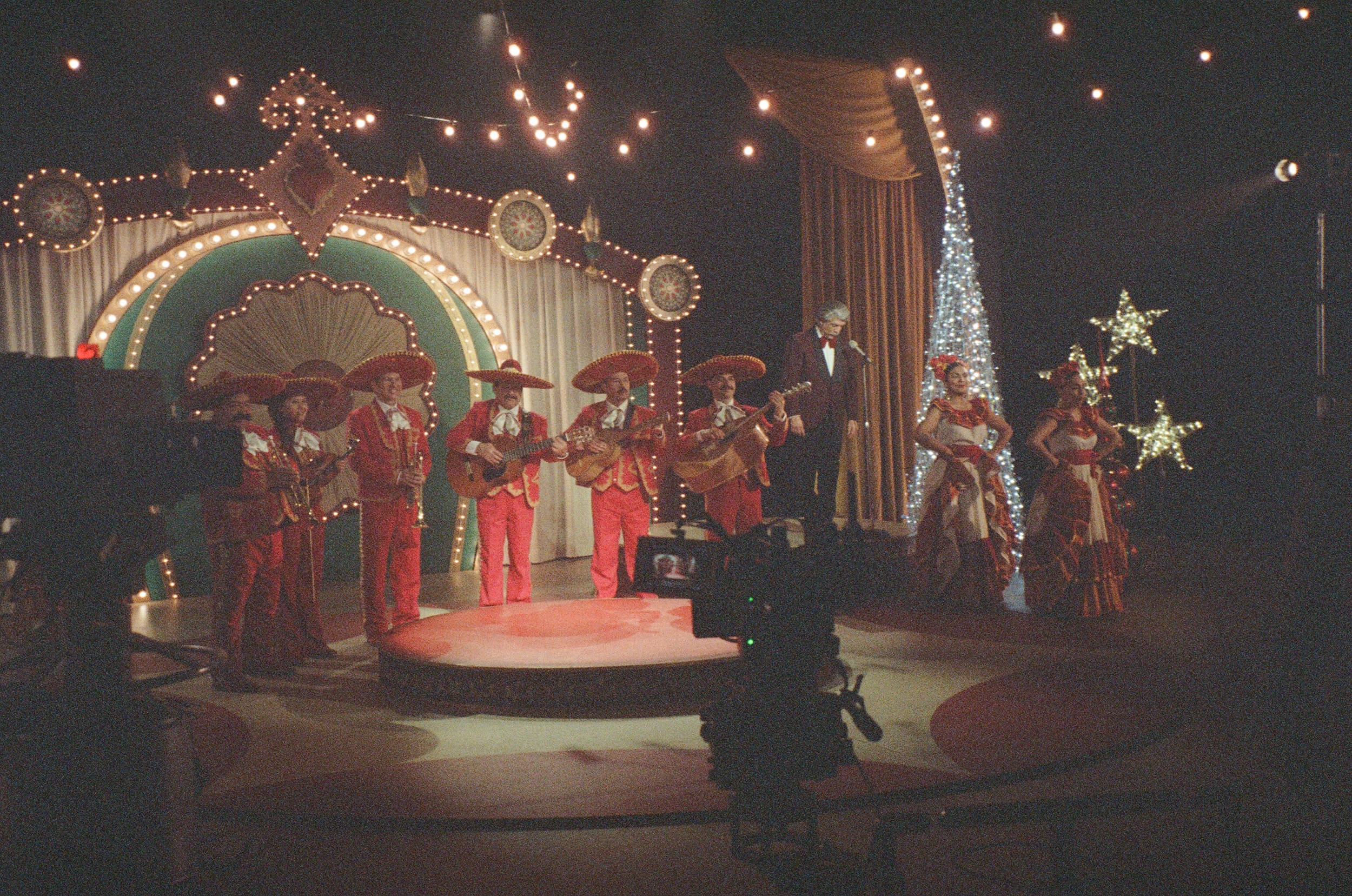
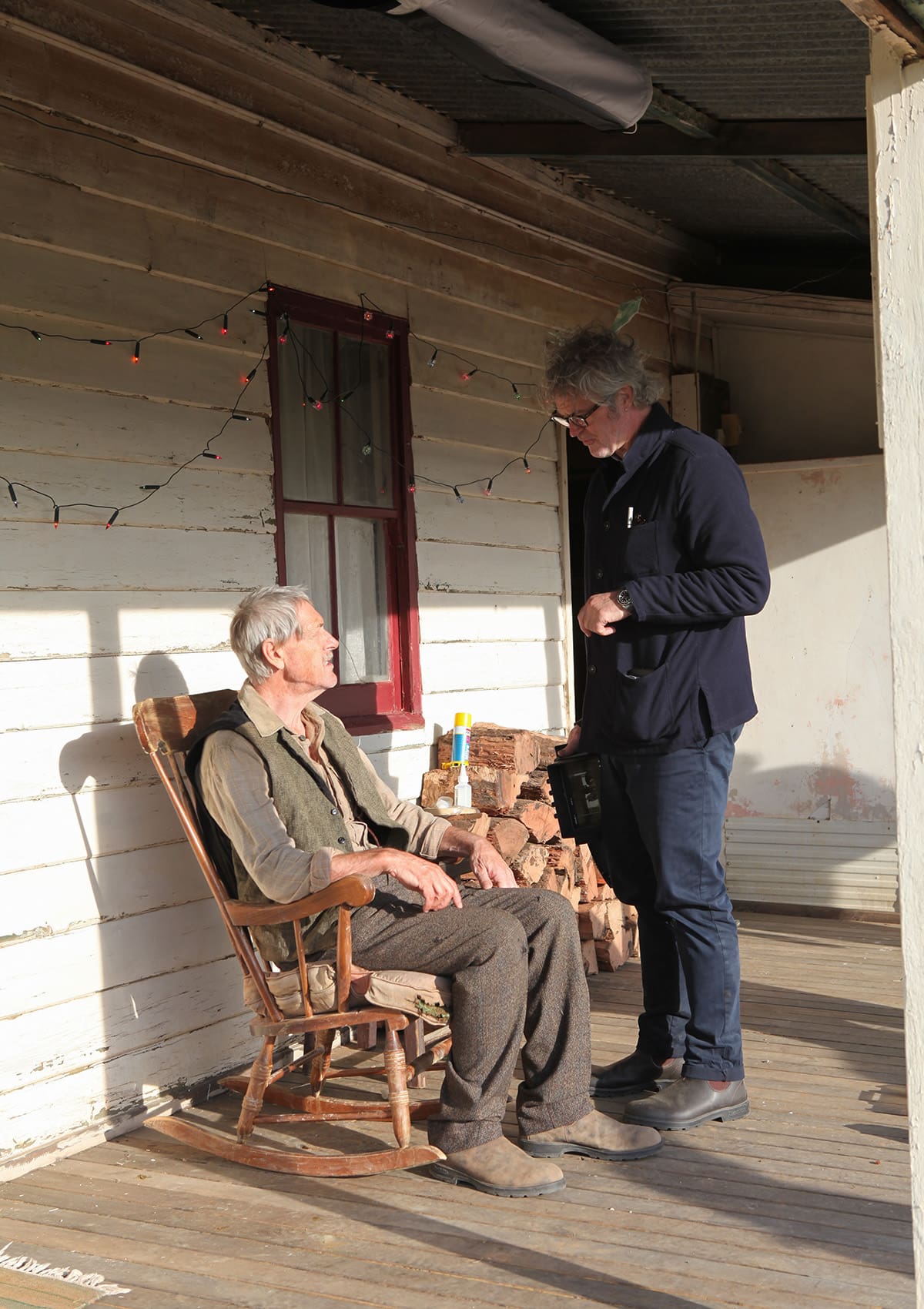
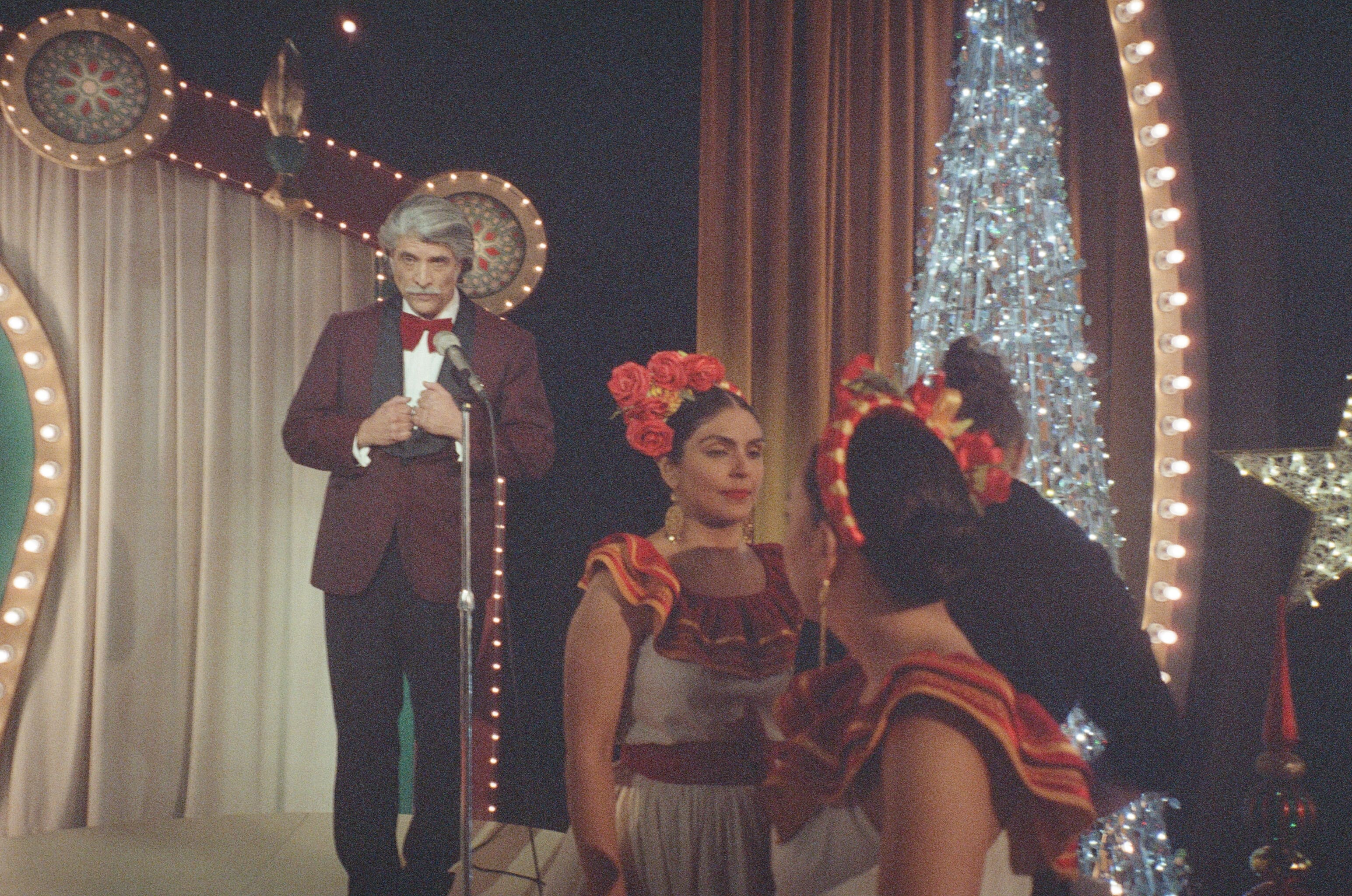
“There are never any unexpected pleasures when working with animals. It is always frustrating and time consuming. In this instance however, the donkey did exactly what her trainers suggested she would do without fail, including ‘singing’ in every scene.”
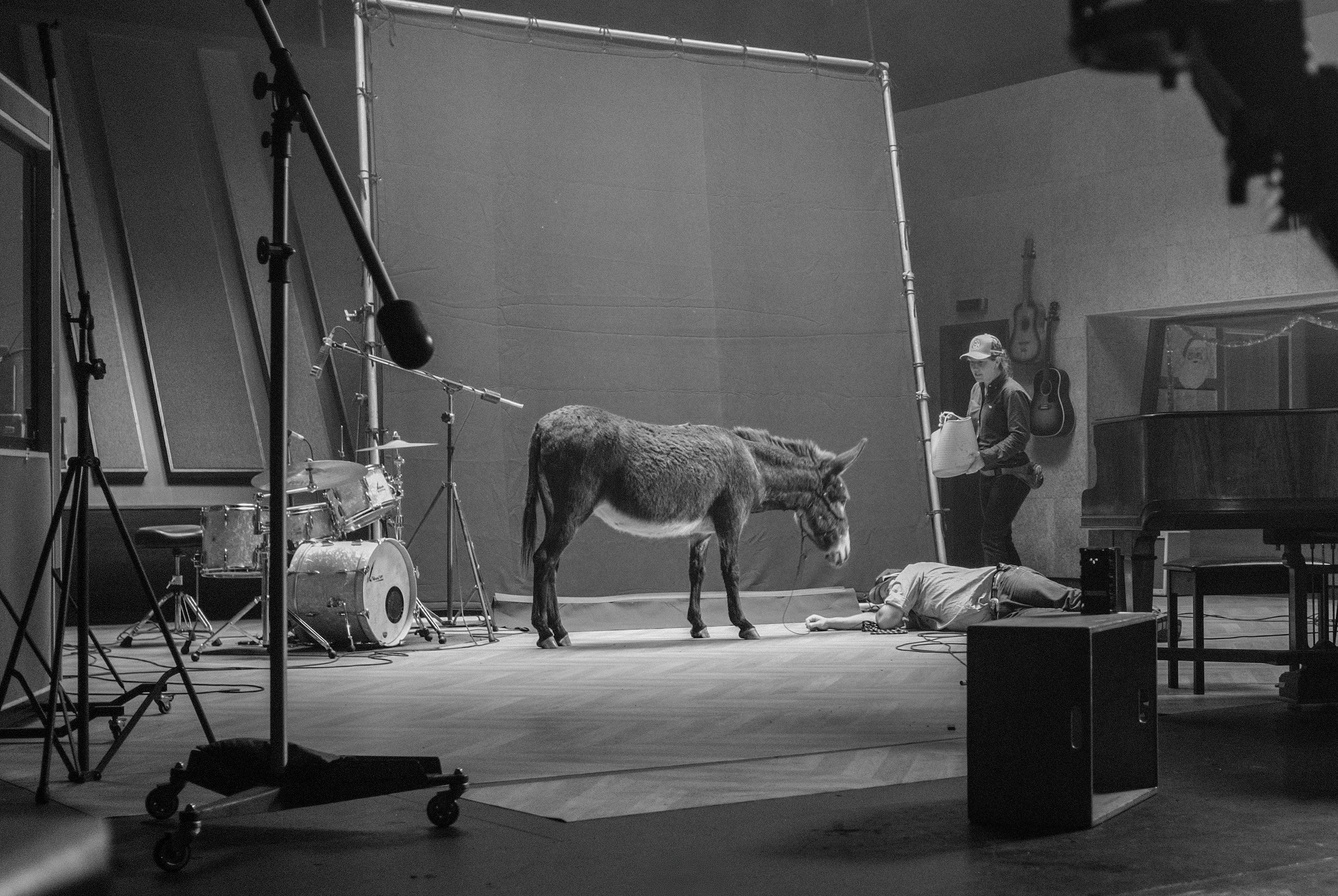
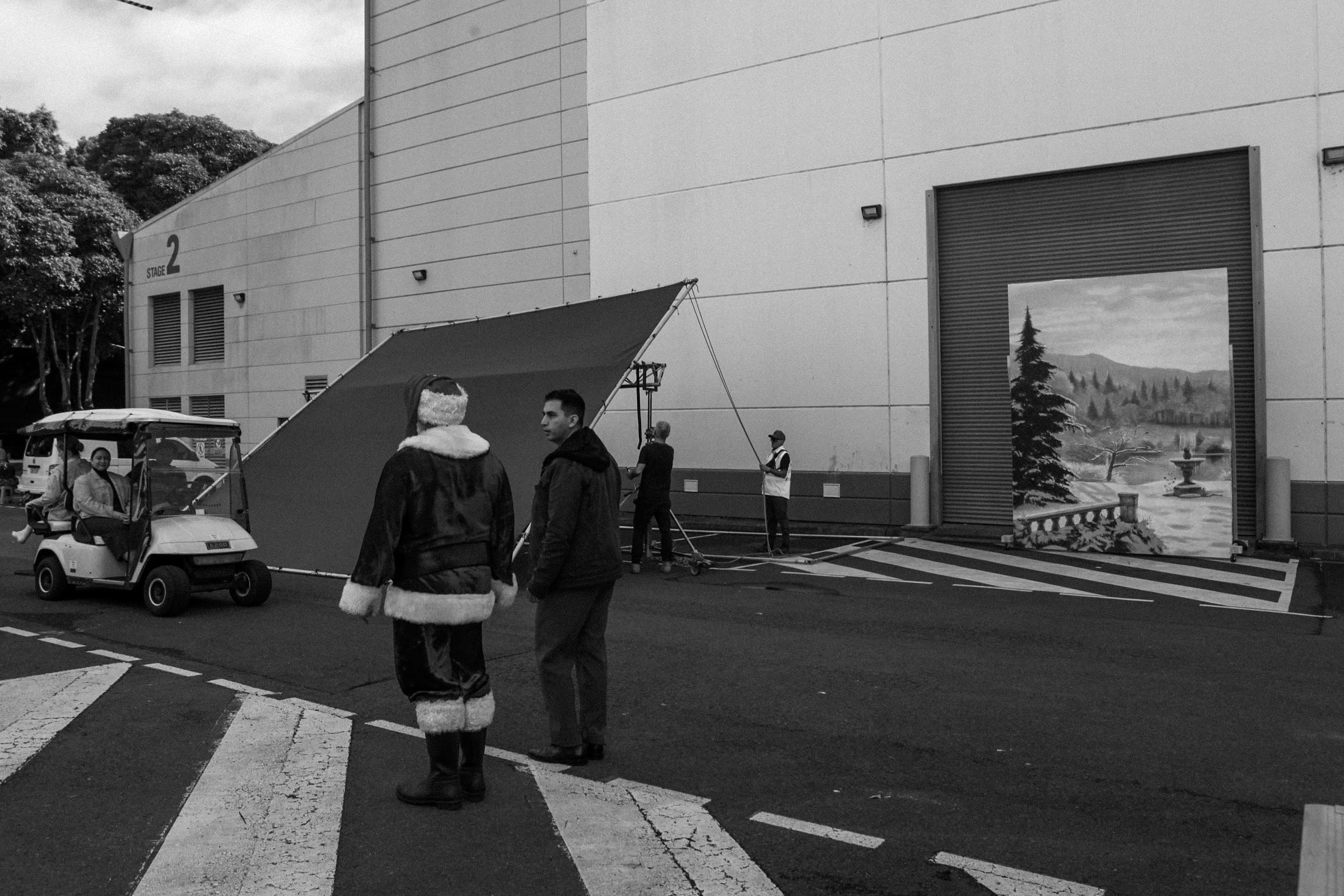

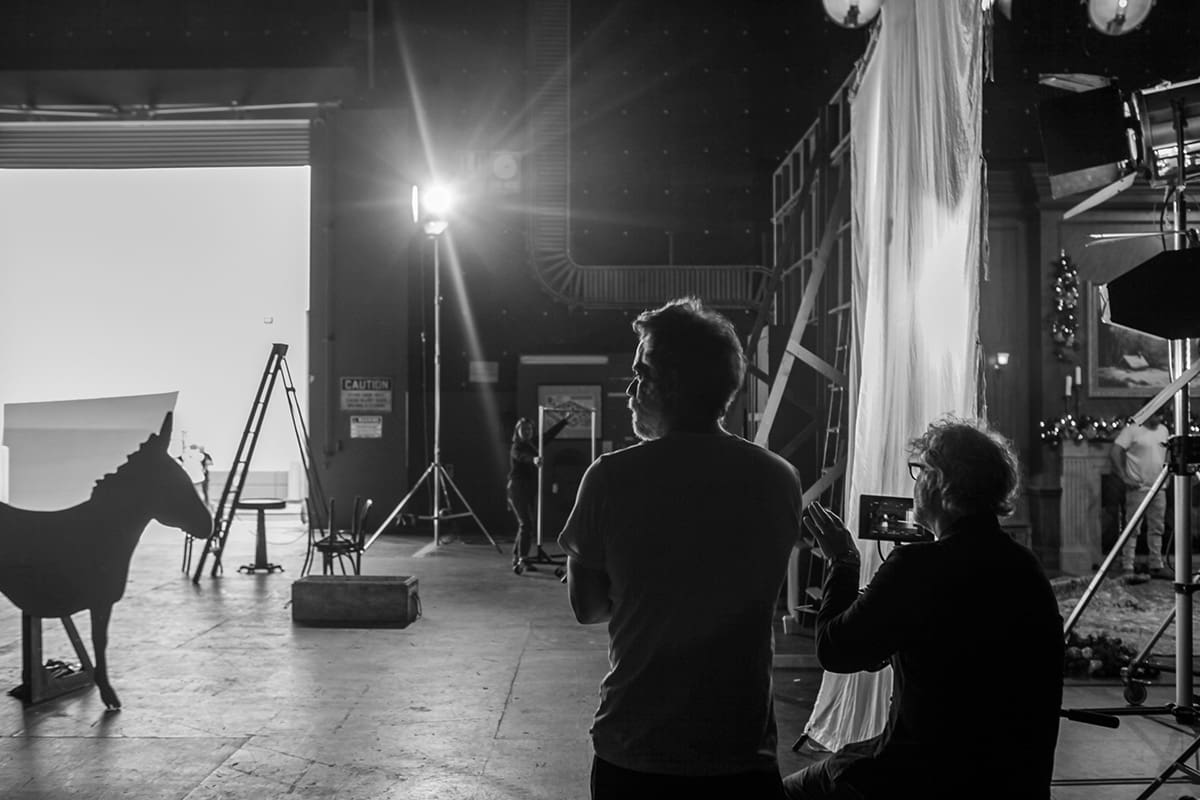
Steven Jones-Evans describes his approach to the production design.
“We aimed to situate the production design within this folkloric, fable-like world, drawing on its tropes and clichés. We ruled out a location-based approach, knowing we wouldn’t find one that met our standards for craftsmanship, storytelling, and shooting efficiency.”
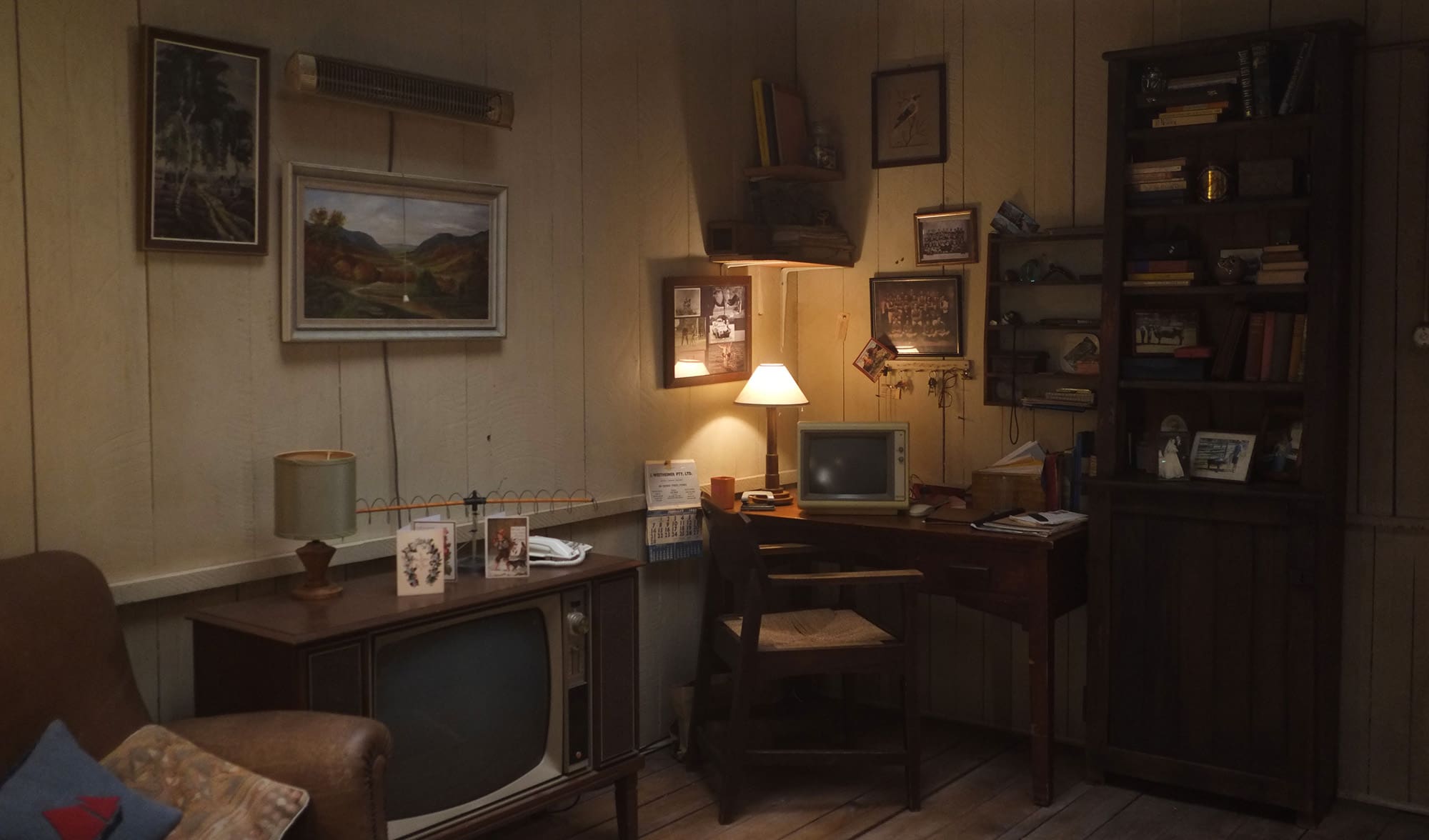
“As with most of my sets, I distilled the design to a core idea. For the Hollywood Christmas set, that meant embracing the most iconic tropes of a warm, family-oriented holiday – cozy interiors contrasting with the cold outside, a touch of refinement, and classic Christmas imagery. Our studio set depicted a traditional colonial mansion in upstate New York, complete with a grand Christmas tree, garlands, stockings on the mantel, and a palette of deep greens, reds, golds, and browns.
The donkey watches from the sidelines as the scene comes together. At that moment, an epiphany strikes—perhaps this glittering new life isn’t as fulfilling as it seemed. He longs for home. The irony is sharp: the very setting designed for family gatherings, where loved ones bond over the holidays, only amplifies his sense of emptiness. We needed to make that contrast unmistakable.”
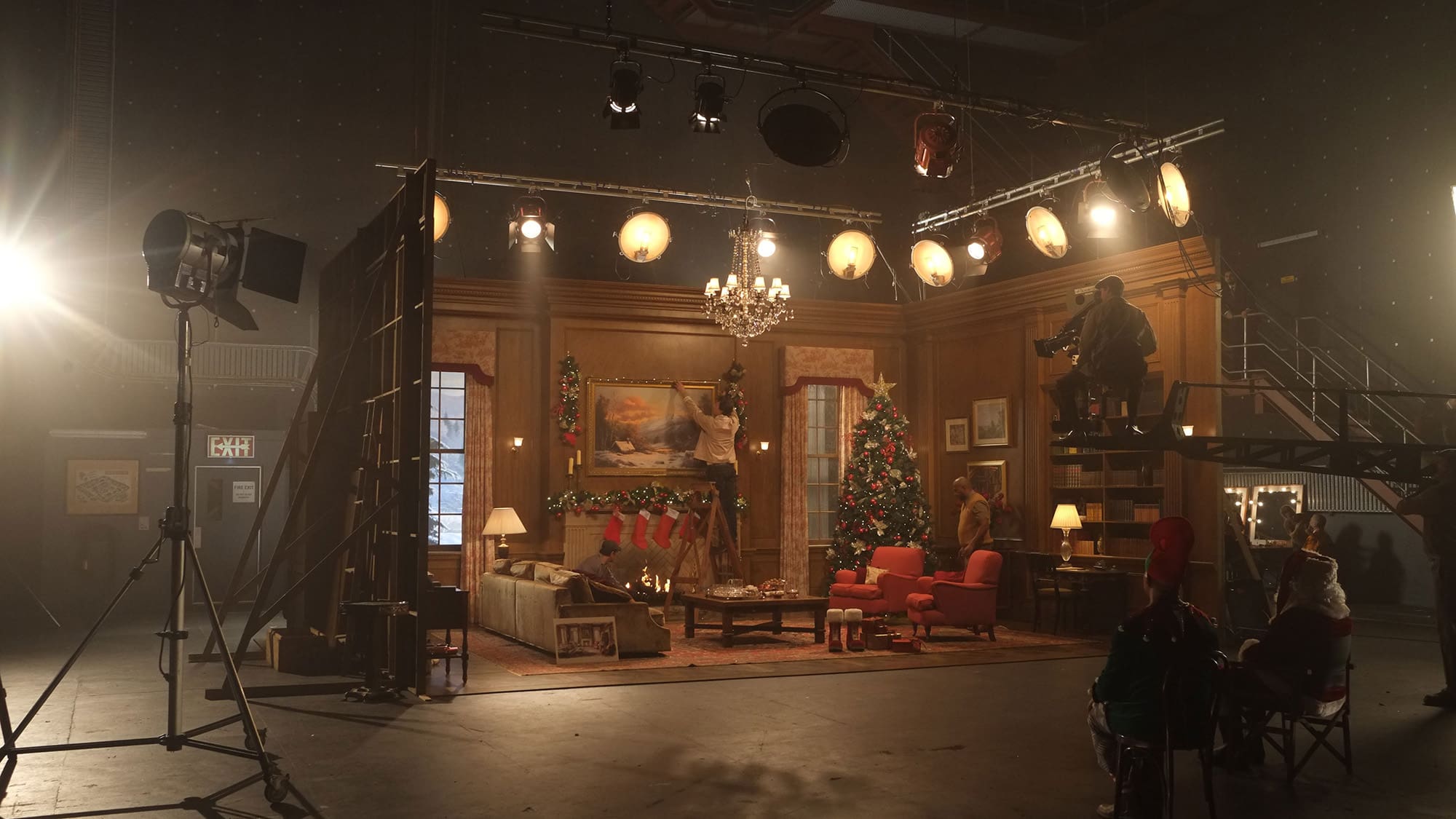
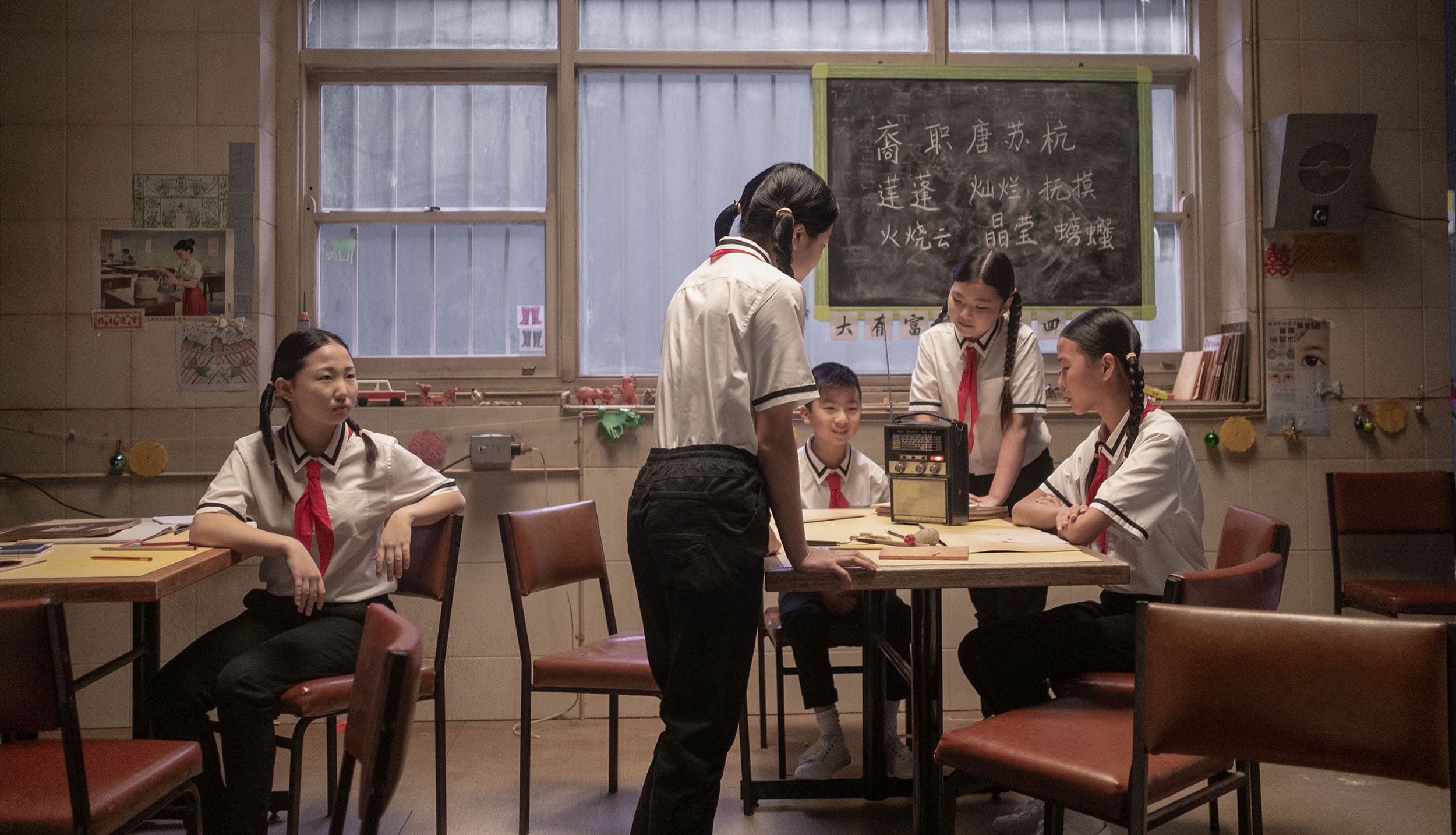
The production design needed to employ a classical visual language to complement the story’s borderless, timeless, fable-like quality. SJE and his team drew from iconic Hollywood and European storytelling imagery, ensuring the sets felt both familiar and evocative.
“Our goal was to create a timeless aesthetic, positioning the design between contemporary and period styles.”
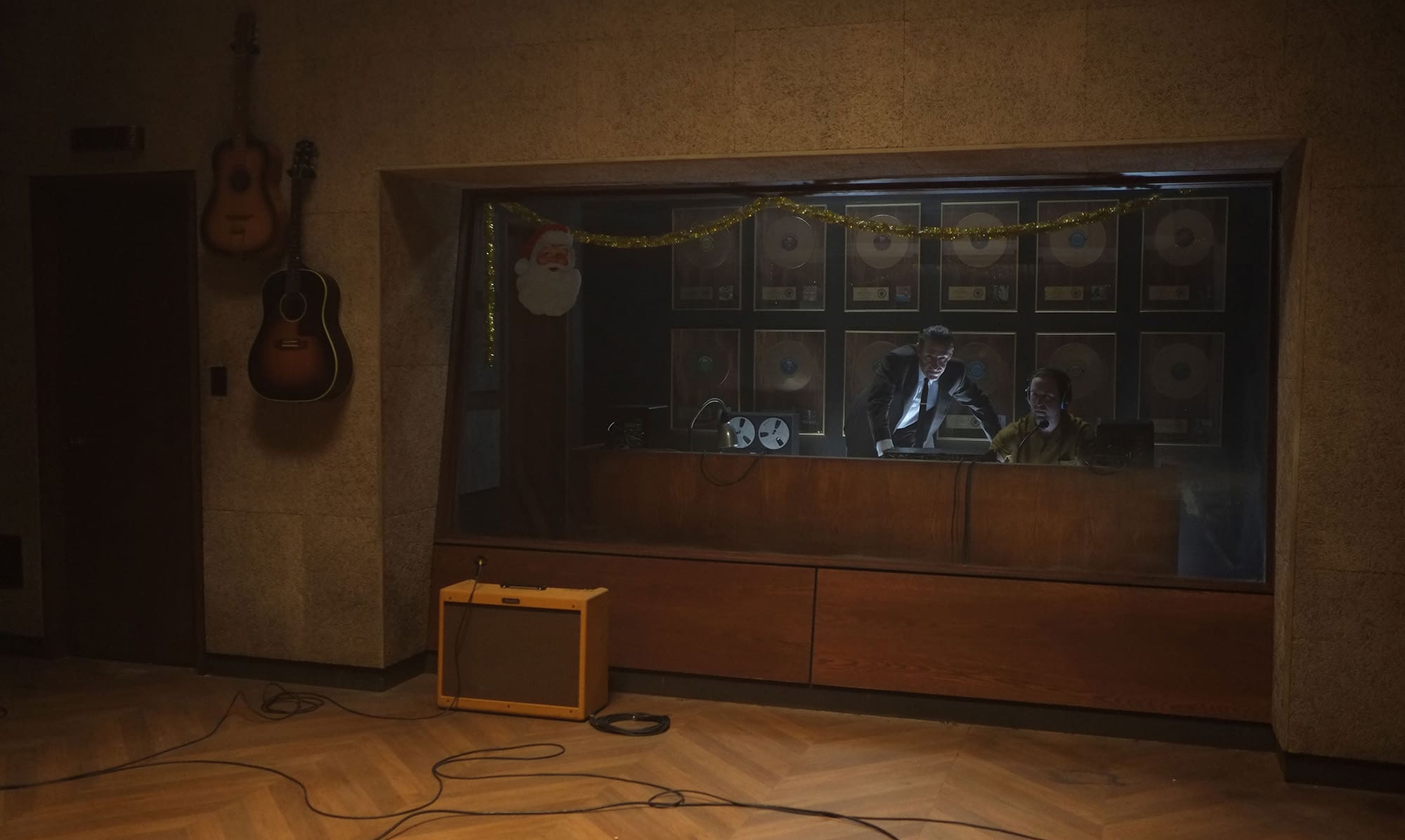
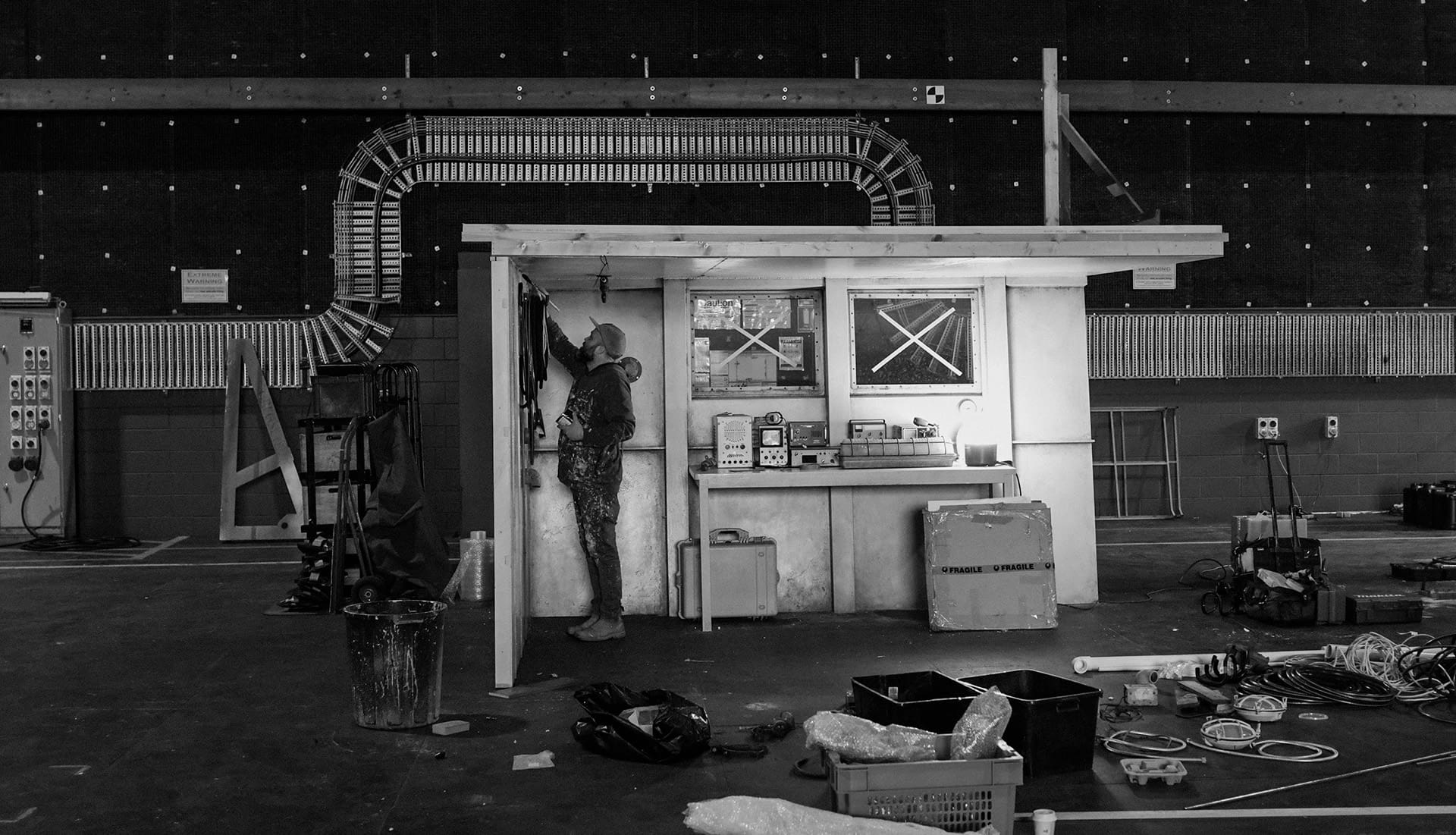
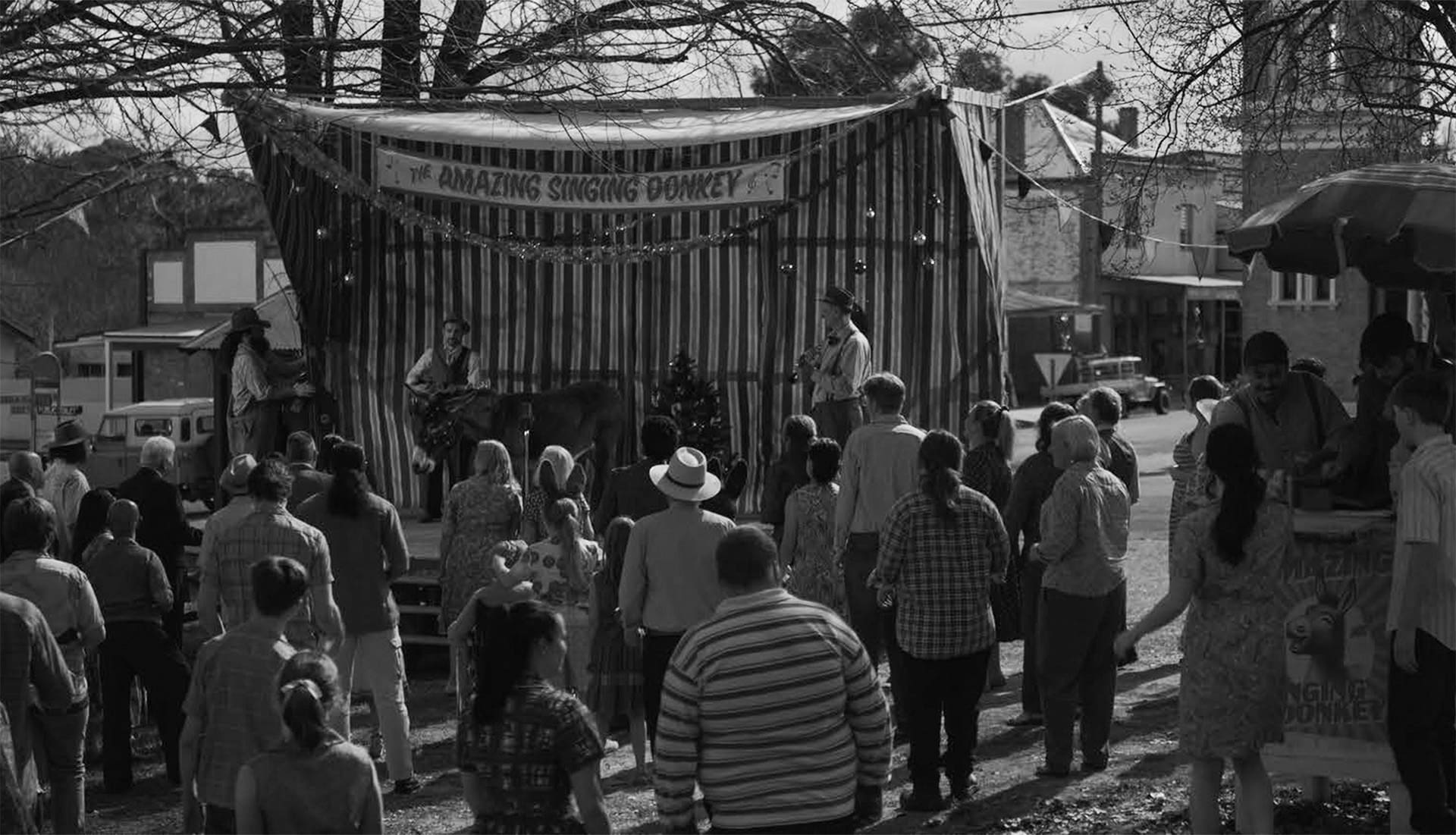
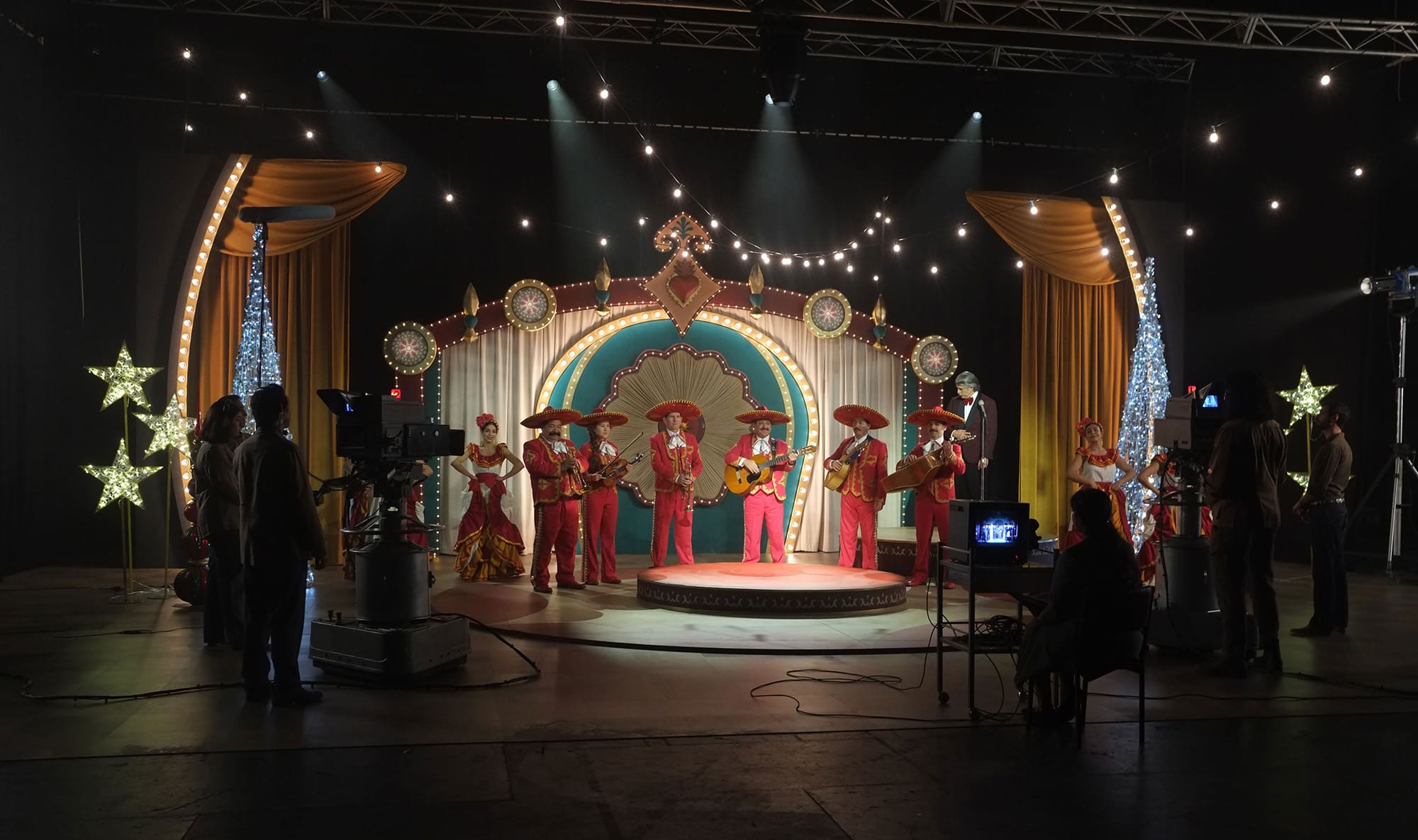
“We had six sets to design, build, and dress in just six weeks, making a rapid concept and approval stage essential. I allocated three days for concept illustrations and approvals to quickly move into design and documentation.
To streamline the process, I created concept illustrations combining elements from Procreate, MidJourney, and SketchUp. This approach allowed for speed and flexibility that wouldn’t have been possible with traditional concept illustrators.”
One such concept design is pictured here.
